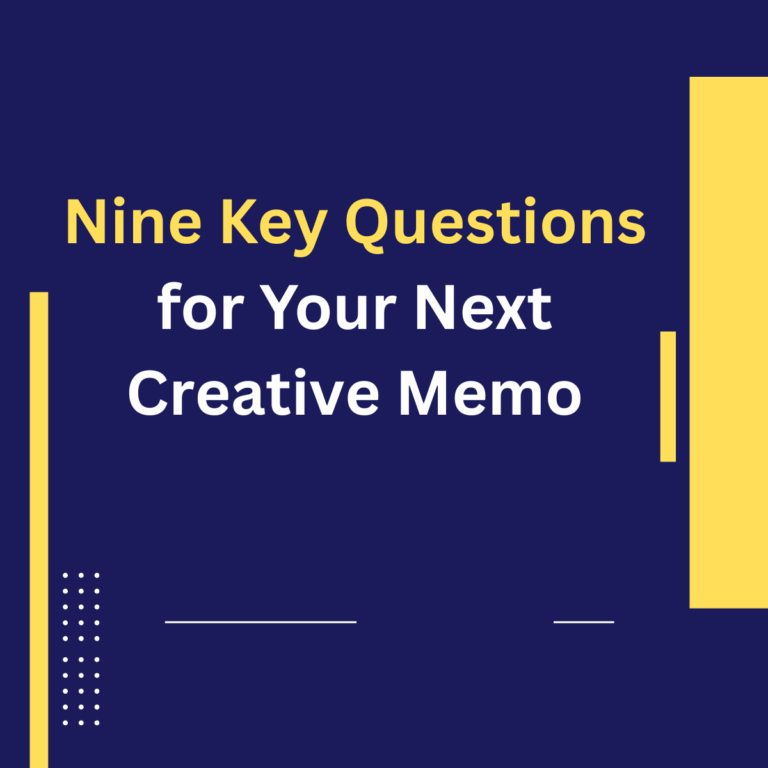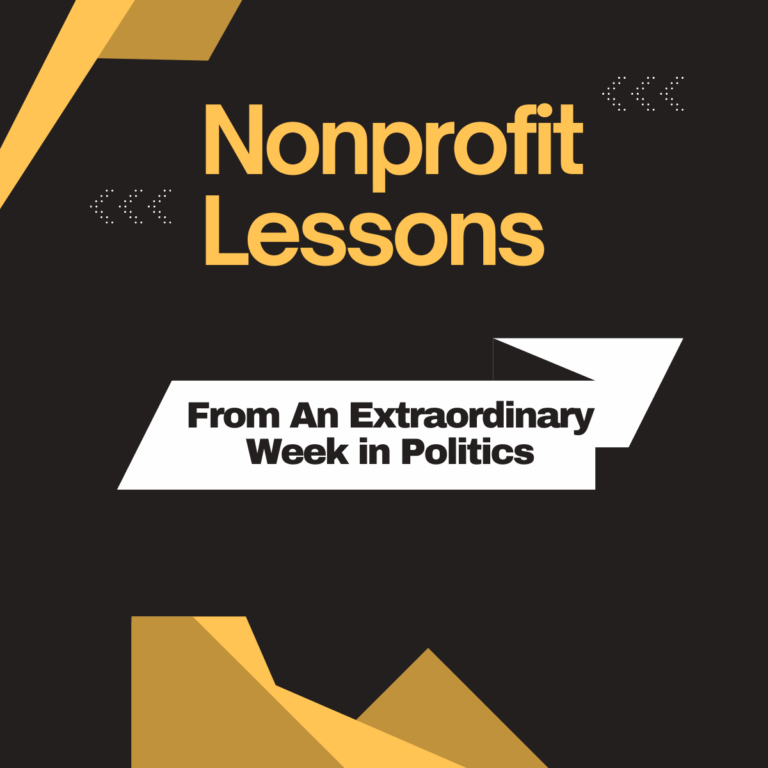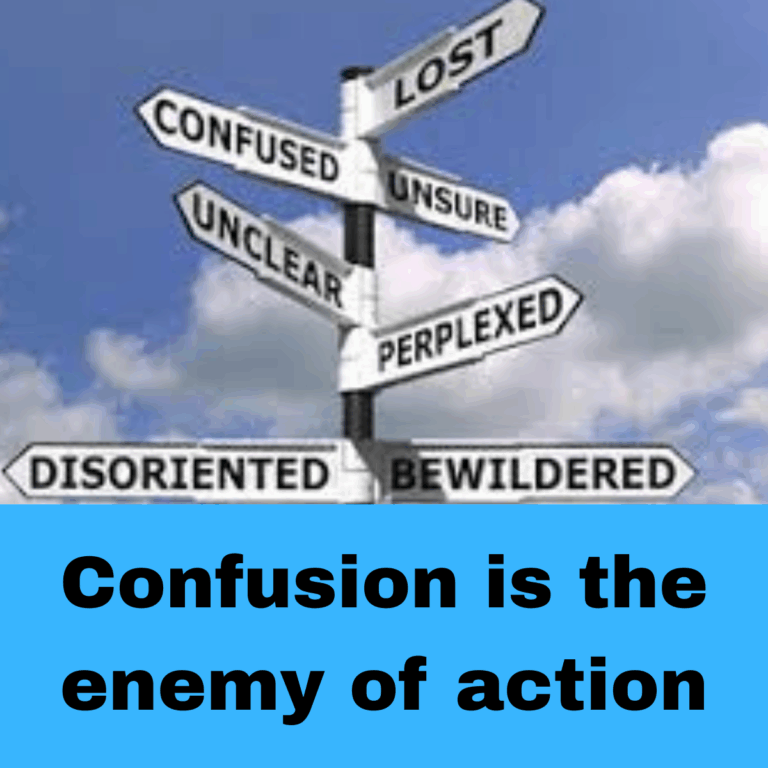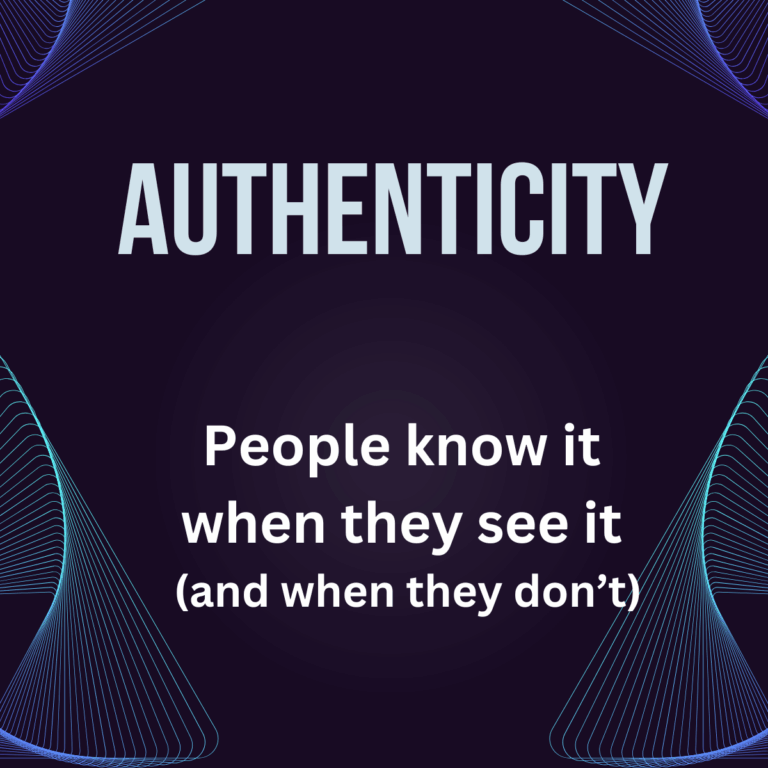Big political events always provide the opportunity to learn broader lessons about campaign and messaging strategies. So, in today’s memo, let’s examine four key takeaways from the first week of the current shutdown showdown.
#1: The strongest narratives are about people, not policy or process.
In the lead-up to the shutdown, Senator Chuck Schumer and other Democrats invested a lot of energy arguing which party would “own” the shutdown. He repeatedly said “They won’t negotiate, so they own the shutdown.”
That’s a process argument that doesn’t break through with any but the most engaged audiences. The Dems are on stronger ground when they center the argument on health care. But even then, there is risk if the demand becomes too policy focused. “We’re fighting to extend the Affordable Care Act subsidies” is a policy argument. It’s a step removed from the impact on people’s lives.
That’s why AOC puts it this way (emphasis added): “This is not a fight over tax credits. This is a fight over your ability to go to a pharmacy and afford your insulin. … This is about fighting for community health centers, and ensuring that we have stability of the American healthcare system”

In nonprofit messaging, there’s a temptation to get down in the weeds and nomenclature of policymaking. That’s especially true for policy staff steeped in the intricacies of hard-fought policy battles.
But, with broader audiences, it’s almost always better to argue in terms of the direct impact on peoples’ lives.
#2: You have to look for holes in your opponent’s case.
A core Republican argument has been about, in policy terms, a “clean CR” (continuing resolution). They state it more accessibly as “We’re just trying to extend the process for seven more weeks so we can work out our differences. It’s Democrats who are forcing a shutdown by injecting partisan demands.”
Democrats have, for the most part, missed a powerful counter argument. “People facing huge hikes in their health insurance don’t have seven more weeks. In fact, on day one of the shutdown, notices of increased health care premiums already started going out.”
Making it clear we’re already in a race against time would help disarm the GOP case and justify Democratic urgency. What’s more, leaning into an impending crisis of families being overwhelmed by huge expenses come January would add emotional power to the Dem’s case.

If we want to win contentious debates, it’s not enough to center on an emotionally engaging case for our position. We have to also search out emotionally compelling reasons why our opponent’s course is fraught with danger.
#3: You have to know what success looks like.
One hopes that congressional Democrats went into the shutdown showdown with a clear strategy about the end game. What outcome will they and their audiences find acceptable? Which results must they avoid at all costs? How will they manage people’s expectations and avoid the kind of disappointment generated back in March when Dems folded without winning a single concession from the GOP?
Of course, Democrats can’t be totally transparent about the answers to these questions without signaling the opposition. So, we won’t really know for a while if they have been smart and strategic or foolhardy and hapless.

Every battle a nonprofit takes on isn’t with the expectation of winning a full, immediate victory. But each one should be purposeful and deliberate. Sometimes, we are in search of a clear win. At others, we’re standing on principle no matter the odds or we’re intentionally laying the groundwork for longer-term success.
What’s important is clarity about your intent and smart communications with your key audiences. And that brings us to the next takeaway.
#4: Different audiences see things through very different lenses.
In the way they conduct their government shutdown strategy, Democrats have to be alert to at least three major audiences. Let’s call them Progressive Activists, the Broader Dem Base, and Working Class Swing Voters. Each one of them sees the government shutdown controversy through different lenses and will judge success using different criteria.
Progressive Activists: By this group I mean the most active, engaged and furthest to the left part of the Democratic coalition. They recognize the importance of the health care argument. But many believe it’s time for a more robust challenge to the overall Trump authoritarian assault. Their argument: If we’re going to shut down the government, let’s do it on something bigger. And let’s not send a signal that attacks on health care are all that needs to be addressed.
This group is likely to see even a victory on the Affordable Care Act subsidies as a far from sufficient response to the Trump assault on virtually every aspect of democracy and the rule of law.
The Broader Dem Base: This is the rest of the Dem base excluding the above group. Their big concern: the weak response of Democratic leaders to Trump 2.0.
In a recent Quinnipiac poll, Democratic respondents had a net negative approval rating of Democrats in Congress (39% approve/52% disapprove).
They are looking for Democrats to demonstrate they finally have the ability to stand up to Trump and the MAGA onslaught. If Dems hold fast and achieve some measure of success, it will begin to chip away at Dem voters’ frustration with their leadership. If they fail, it will cement the perceptions of weakness going into 2026.
Working Class Voters: A Different Test: For reachable working class voters, the Democratic brand challenge isn’t so much about how strongly Dems are responding to Trump. It’s about whether they believe Democrats give a damn about the challenges working class families are facing.
If Democrats can keep the focus on protecting peoples’ health care and win some meaningful concessions from the GOP, it can begin to position the Party as fighters for the working class. And, if Dems fold, it will harden the belief that Democrats either don’t care about working class families or don’t know how to fight for them.
NOTE: For a fuller discussion of the Democrats’ brand difficulties with the base and working class voters, see this recent post on my 2026 Path to Persuasion Substack: https://pathtopersuasion.substack.com/p/the-shutdown-showdown-and-the-democratic

The three-way audience challenge facing Democrats illustrates the need to keep in mind differing perspectives of your key audiences when designing communications strategies for your group’s key initiatives. There are few situations where a one-size-fits-all messaging strategy is the right approach.
The key is to have a consistent foundation to your message while tailoring how you express and deliver it for different audiences.

As the shutdown controversy continues, it will be interesting to see how the Democratic performance plays out across the three audiences we’ve highlighted. I’m sure there will be more lessons about messaging levers and pitfalls in the days ahead.








